Project
Urban heat, wireless signals, urban noise and artificial light emissions have three things in common: First, physics would describe them as waves. Second, they invisibly propagate through urban air and atmospheres. Third, they interfere with the material urban fabric and the social. In the WAVEMATTERS project we trace and explore these phenomena through ethnographic research. The full official title of this ERC-funded project is:
Urban Vibrations: How physical waves come to matter in contemporary urbanism
Conceptually, the WAVEMATTERS project builds on research in science and technology studies (STS), anthropology and geography that focuses on urban health hazards, controversies around environmental risks and atmospheric phenomena. Empirically, we focus on noise in Barcelona (Spain) and Paris (France), on heat in Madrid (Spain), Podgorica (Montenegro) and Las Vegas (USA), wireless signals in Brussels (Belgium) and the risk governance of electromagnetic waves including mobile phone signals and artificial light.
In all these contexts we ask: Who is affected and burdened by these phenomena and how do affected people, decision-makers and planners make sense of invisible exposures to physical waves? Furtheremore, we are interested in how cities adapt to disturbing waves. How do they mitigate heat, environmental noise or public controversies over electromagnetic fields (EMF) and ‘light pollution’?
People
The WAVEMATTERS team
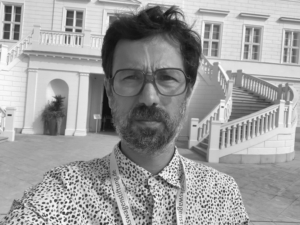
Prof. Ignacio Farías
Ignacio Farías (Principal Investigator) is Professor of Urban Anthropology at Humboldt University, where he also directs the Georg Simmel Centre for Urban Studies and co-directs the Stadtlabor for Multimodal Anthropology. His research interests concern current ecological and infrastructural transformations of cities and the associated epistemic-political challenges to the democratisation of city-making. His recent work explores how (micro)climatological knowledge entered the field of urban planning, how heat, noise and wireless signals come to matter in contemporary urbanism, and how human health and multi-species cohabitation are negotiated in polluted waterfronts. He is also interested in doing urban ethnography as a mode of making cities with others (designers, initiatives, affected groups, policy makers) and by other means (moving from textual to material productions).
ignacio.farias@hu-berlin.de
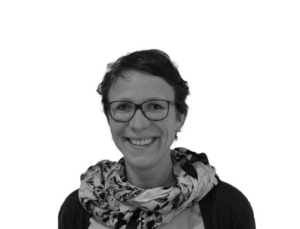
Dr. Nona Schulte-Römer
Nona Schulte-Römer’s research focuses on the interplay between environmental concerns and socio-technical transitions of urban infrastructures. As postdoc and scientific coordinator of the WAVEMATTERS team, she examines risk communication about electromagnetic fields and 5G, the fifth generation of mobile communication networks, asking how people learn to be affected (or not) by invisible wireless telecommunications signals. Furthermore, she studies urban entanglements with artificial light exploring how inhabitants of cities relate to lighting as a taken-for-granted urban infrastructure and – when emitted at the wrong time in the wrong place – an environmental stressor. Nona is lead author of the open access e-publication Light Pollution — A Global Discussion (2018) and part of a citizen science collective Nachtlicht BüHNE documenting artificial light emissions in public spaces. In her doctoral thesis she ethnographically explored the LED ‘revolution’ in urban public lighting (Innovating in Public, 2015).
nona.schulte-roemer@hu-berlin.de
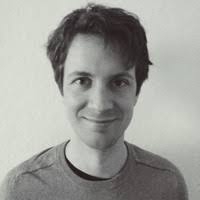
Dr. Brett Mommersteeg
Brett Mommersteeg is a postdoc at the Institute for European Ethnology at Humboldt-Universität zu Berlin as a member of the ERC project “Urban Vibrations: How physical waves come to matter in contemporary urbanism”. As part of this project, he studies how noise is shaped through and undoes infrastructure and technoscientific forms of knowing in Paris and how 5G-associated infrastructure, antennas and the spectrum, reshape the city and how they are contested by social groups in the UK. He has recently published a monograph called Variations of a Building (2023) that draws from his PhD dissertation completed at the University of Manchester. His research happens at the intersection of design, infrastructure and technoscience, interested in ambiguous objects, imprecise knowledges, and worlds incomplete.
brett.mommersteeg@hu-berlin.de
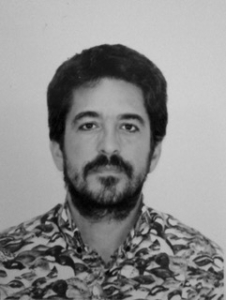
Dr. Jorge Martín Sainz de los Terreros
Jorge Martín Sainz de los Terreros is an architect, urban designer and researcher. During the last five years, he has worked as a public official at the Council of Madrid, and currently he develops his postdoctoral research at the Institute for European Ethnology at Humboldt-Universität zu Berlin. His research mainly engages with questions about issue publics and participation. His doctoral thesis explored how temporary urban spaces could become eventual publics and how that related with everyday practices of care. Most recently, he is focussing on heat and climate change controversies in urban environment and cities. He is a member of the ERC project WAVEMATTERS, and studies the conceptualisation, problematisation and operationalisation of heat in public policies, plans and projects in the city of Madrid.
jorge.martin@hu-berlin.de
Affiliated Researchers
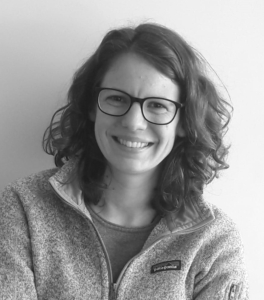
Dr. Elisabeth Luggauer
Elisabeth Luggauer is a cultural anthropologist working at the Department for European Ethnology, Humboldt University of Berlin. Her research emerges mostly from the intersections and frictions between ‘the urban’ and ‘the environmental’. In her PhD project (University of Graz, Austria) Elisabeth explored how humans and stray dogs inhabiting Podgorica (Montenegro) co-make the city as a multispecies everyday space. Associated with the Stadtlabor for Multimodal Anthropology (HU-Berlin) and the ERC project WAVEMATTERS, Elisabeth is focusing on the exposure of multispecies entanglements to urban heat. Her current research project “The Green and the City” approaches urban assemblages from the capitalocenic dynamics of global warming, pays attention to the concepts of urban futures that heat induces or provokes, and researches how green – as entanglements of species and organisms – becomes enacted and acts in such ideas of urban cohabitation.
elisabeth.luggauer@hu-berlin.de
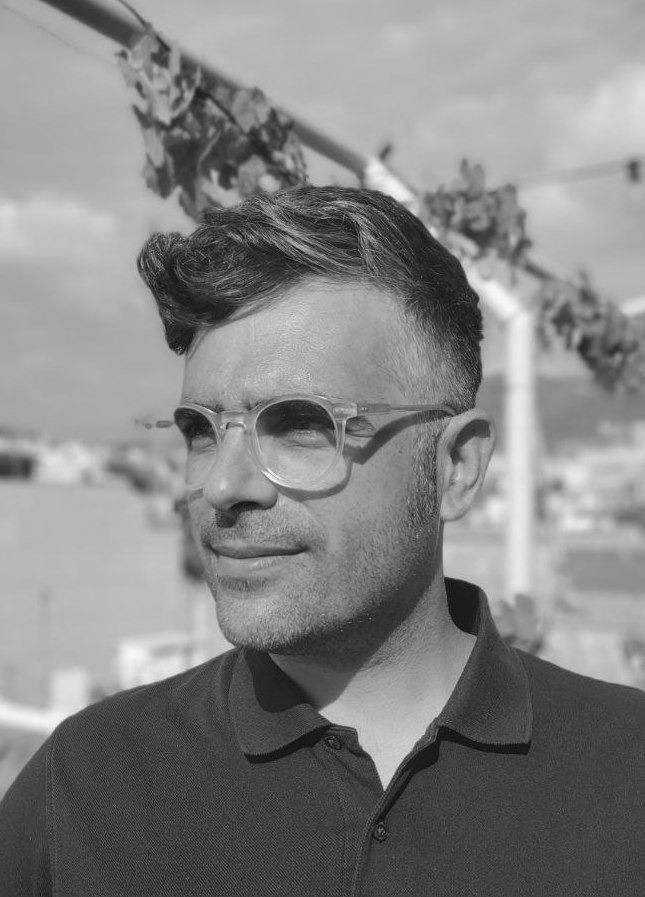
Dr. Albert Arias-Sans
Albert Arias-Sans is a geographer, with a PhD in Tourism geography. He is a postdoc researcher studying the interconnections between tourism, leisure and mobilities. Currently, he is leading a research project on mapping the controversy of mountain biking in the surrounding natural areas in Barcelona (www.cimcoll.org). He is also an Associate Lecturer at the University of Barcelona since 2018. He was the head of the Strategic Plan for Tourism 2020 Barcelona, and worked as a research project manager and free-lance consultant on urban and tourism policies.
Student Assistants
Valentin Watermann
Lisa Hoffmann
Leonie Schramm
Newsletter
Newsletter
Contact
Wavematters is a project by
Urban Anthropology · Stadtlabor for Multimodal Anthropology
Humboldt University of Berlin
 divination
divination